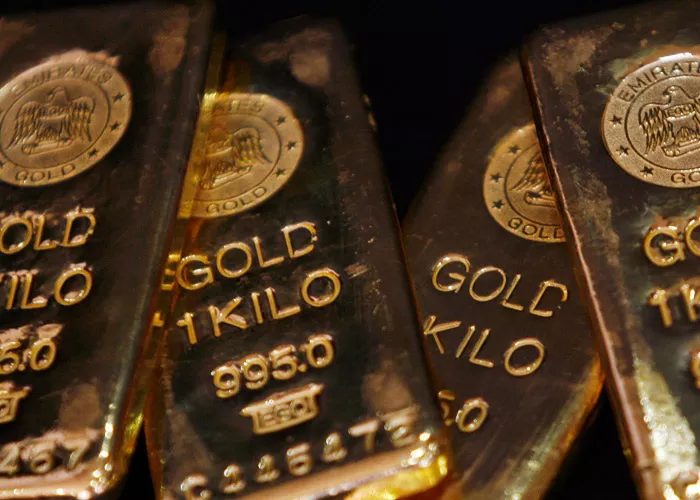Gold prices edged higher on Wednesday, benefiting from increased safe-haven demand as escalating fears over the Russia-Ukraine conflict dominated market sentiment. However, the gains were kept in check by the resilience of the U.S. dollar, which steadied after recent losses.
The yellow metal has rebounded sharply this week from its two-month lows, supported by a weaker dollar earlier in the week. By midweek, however, the dollar regained stability, limiting gold’s upward momentum.
Key Market Metrics:
- Spot gold climbed 0.2% to $2,636.28 an ounce.
- Gold futures for December delivery rose 0.3% to $2,639.50 an ounce as of 23:35 ET (04:35 GMT).
Safe-Haven Demand Surges as Russia Lowers Nuclear Threshold
The ongoing conflict between Russia and Ukraine emerged as the key driver for gold prices. Safe-haven demand surged after Moscow signaled a more aggressive stance on nuclear retaliation, following reports that the U.S. had authorized the use of long-range missiles by Ukraine.
Russia warned that the deployment of such weapons could result in a dangerous escalation of the conflict. Despite these developments, Russian Foreign Minister Sergei Lavrov assured that Moscow remained committed to avoiding nuclear war. However, hostilities persisted, with both Russia and Ukraine launching significant retaliatory attacks in recent days.
The heightened geopolitical risks bolstered investor interest in gold, which is traditionally viewed as a safe store of value during times of political and economic uncertainty.
Dollar Strength Puts a Ceiling on Gold’s Rally
Gold’s rally was tempered by a strong U.S. dollar, which stabilized after three consecutive days of losses. The dollar continued to hover near a one-year high, exerting downward pressure on gold prices by making the metal more expensive for holders of other currencies.
Market participants remained cautious amid uncertainty over the economic implications of a potential Donald Trump presidency and its impact on U.S. monetary policy. Speculation surrounding the Federal Reserve’s next move added to the mixed signals in the market. According to CME FedWatch, traders priced in a 61% probability of a 25 basis point interest rate cut in December, while 39% expected rates to remain unchanged.
Gold, which had plunged from record highs earlier in November following Trump’s election victory, appears to have stabilized as markets digest the implications of the new administration’s policies.
Precious Metals Stall; Industrial Metals Show Mixed Signals
Other precious metals saw limited movement on Wednesday.
- Platinum futures remained steady at $979.25 an ounce.
- Silver futures were flat at $31.260 an ounce.
Meanwhile, industrial metals presented a mixed picture. Benchmark copper futures on the London Metal Exchange edged up 0.3% to $9,150.50 a ton, while December copper futures gained 0.1% to $4.1713 a pound.
Copper prices have been under pressure in recent weeks, weighed down by underwhelming stimulus measures from China, the world’s largest copper importer. On Wednesday, China opted to keep its benchmark loan prime rate unchanged, offering little in the way of positive cues for the market.
Gold’s Path Remains Uncertain
While gold is expected to remain supported by heightened geopolitical tensions, its recovery could face headwinds from a strong dollar and uncertain monetary policy in the United States. Safe-haven demand for the yellow metal is likely to persist as the Russia-Ukraine conflict continues to dominate global headlines.
Industrial metals, particularly copper, are likely to stay volatile, driven by developments in China’s economic policies and global growth indicators. With geopolitical risks and economic uncertainty clouding the horizon, markets will remain closely attuned to signals from central banks and major global economies.
Related topics:
- Gold Prices Drop Rs 2,500 Per Tola in Pakistan
- Gold Prices Decline from Record Highs in India on November 1
- India’s Gold Reserves Surge: RBI Reports 60% Increase in Domestic Holdings


